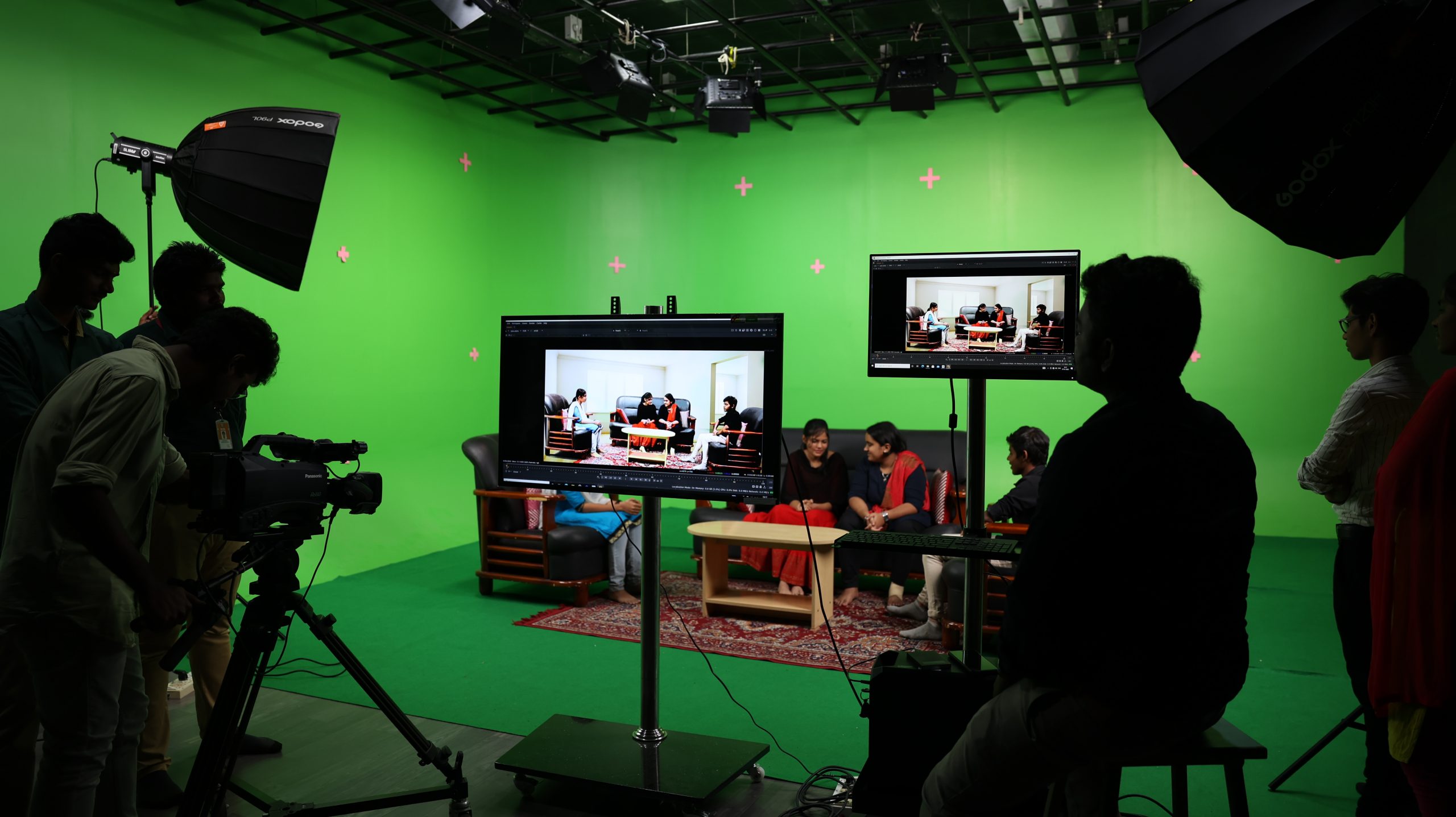
The Bachelor of Science in Visual Communication program is designed to provide students with a comprehensive understanding of the principles and techniques of visual storytelling across various media. The curriculum encompasses core courses in graphic design, multimedia production, and communication theory, establishing a strong foundation in the fundamentals of visual communication. Students delve into subjects such as typography, illustration, photography, and digital media, gaining skills in both traditional and emerging visual communication methods. A significant aspect of the program involves practical application, with hands-on projects, design workshops, and real-world client-based assignments allowing students to apply theoretical knowledge to create impactful visual messages. Specialized studies may include advanced topics such as motion graphics, user interface design, or branding, enabling students to tailor their education to specific areas of interest within the field of visual communication. The program emphasizes the integration of technology and design thinking, preparing students for the dynamic and evolving landscape of visual communication in the digital age. Courses often explore the ethical considerations and societal impact of visual communication, fostering an awareness of the responsibilities inherent in shaping visual narratives. Internship opportunities, industry collaborations, and participation in design exhibitions or competitions are often integral components of the program, providing students with real-world exposure and enhancing their creative and technical skills. Upon completion of the B.Sc. Visual Communication program, graduates are well-prepared for careers in graphic design, digital media production, advertising, and various roles within the visual communication industry. The program not only imparts design expertise but also fosters creativity, critical thinking, and a deep understanding of the visual language in contemporary communication.